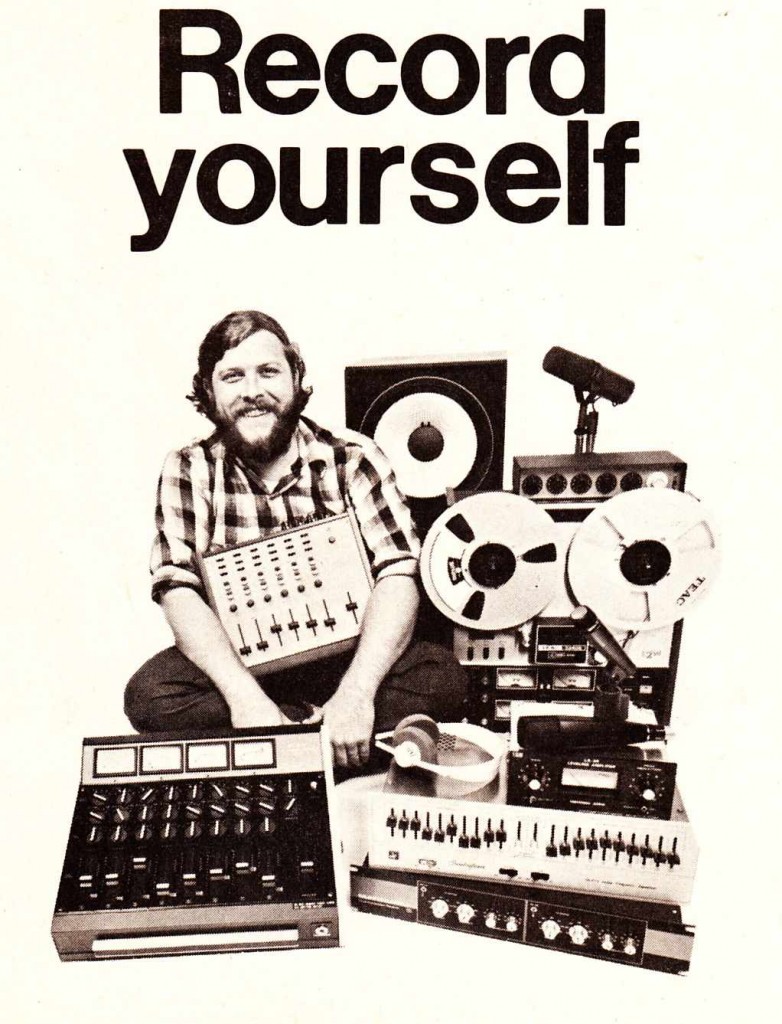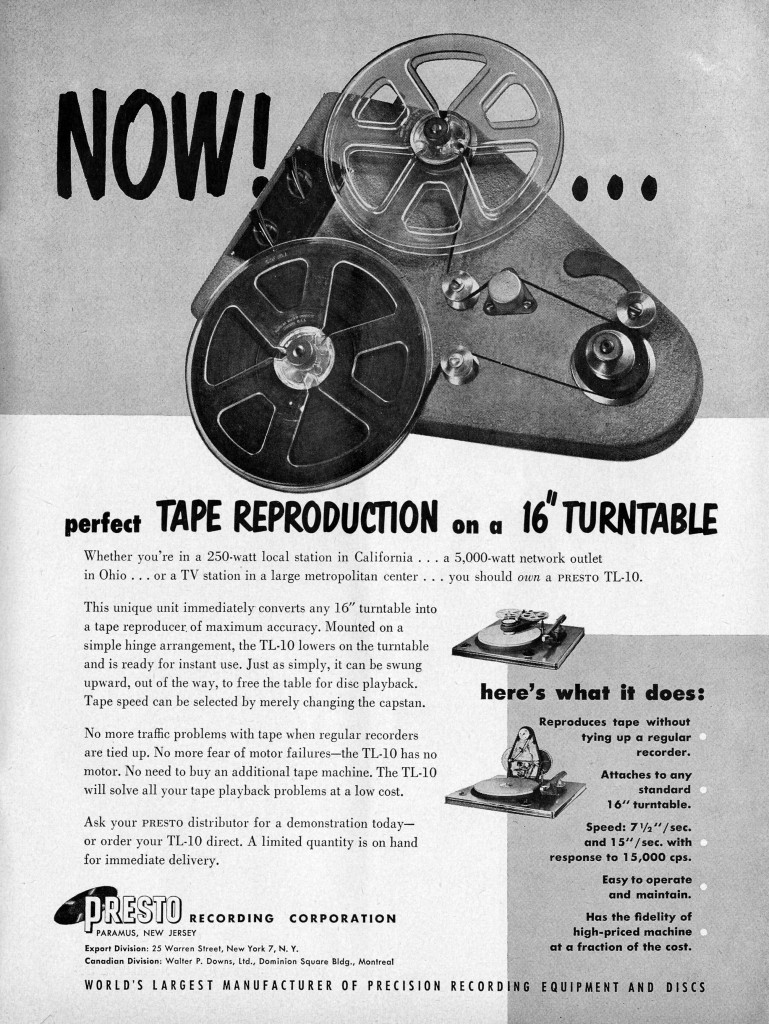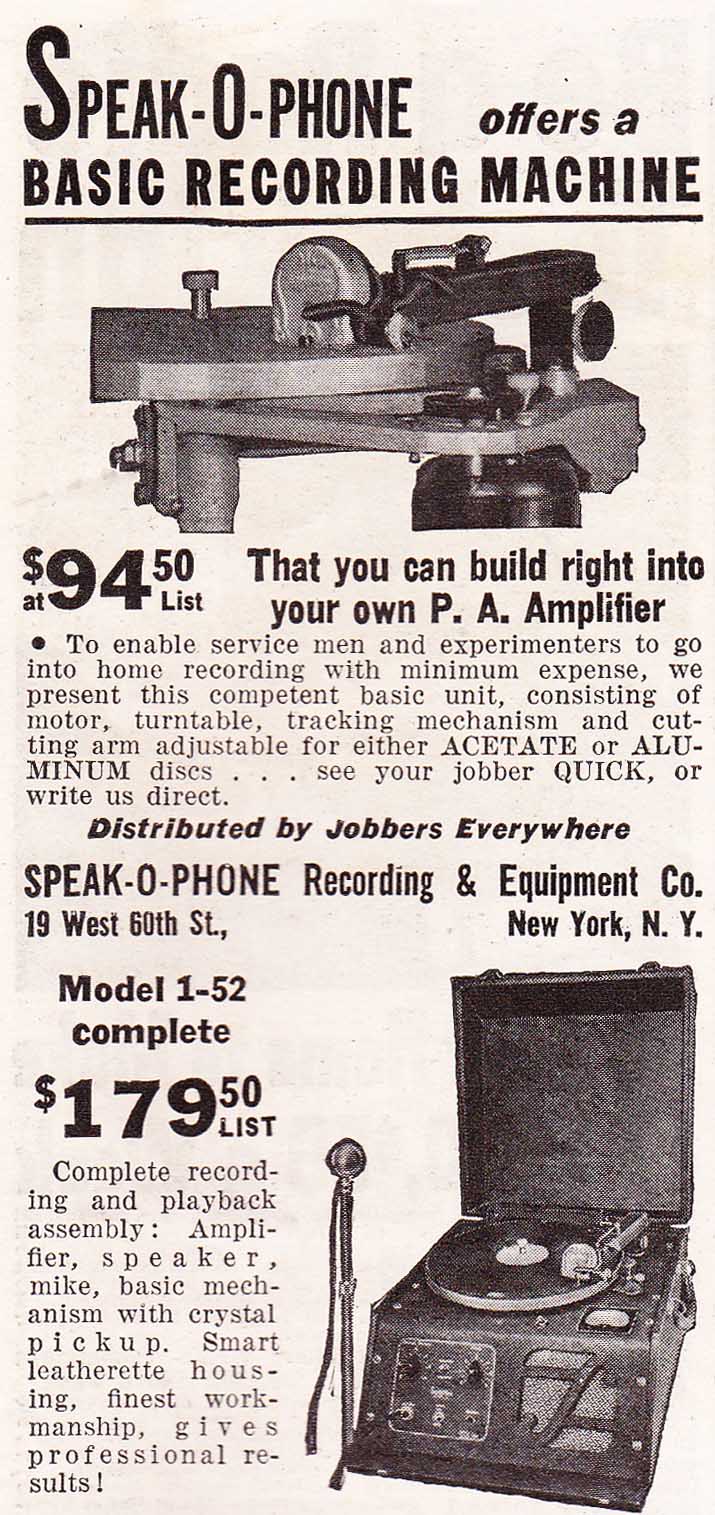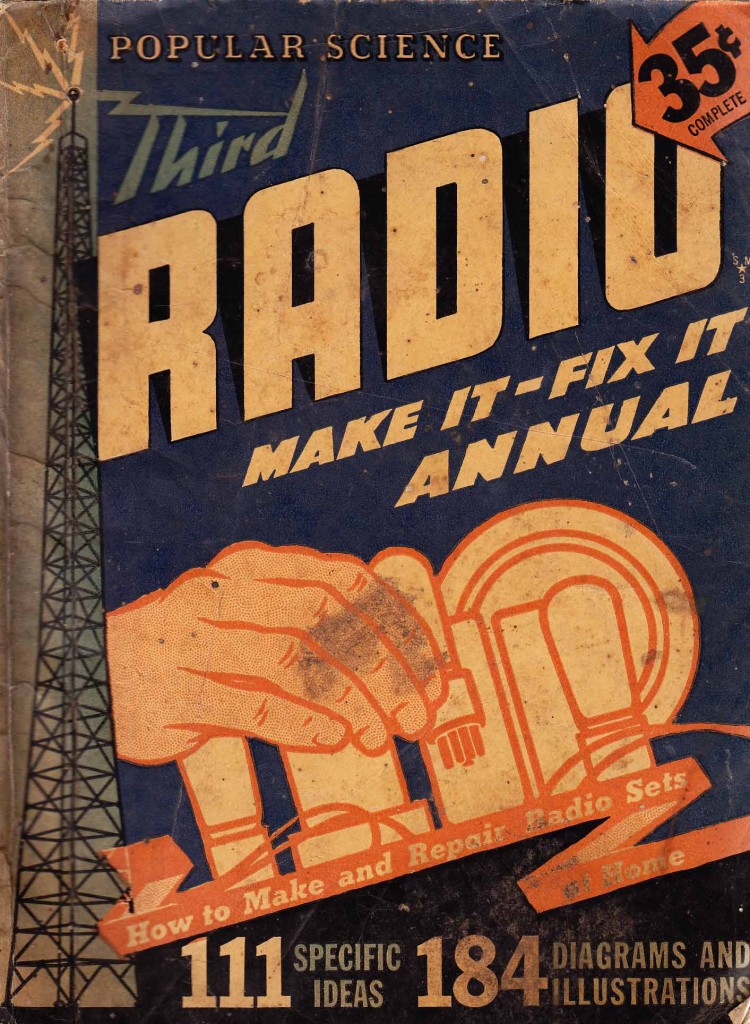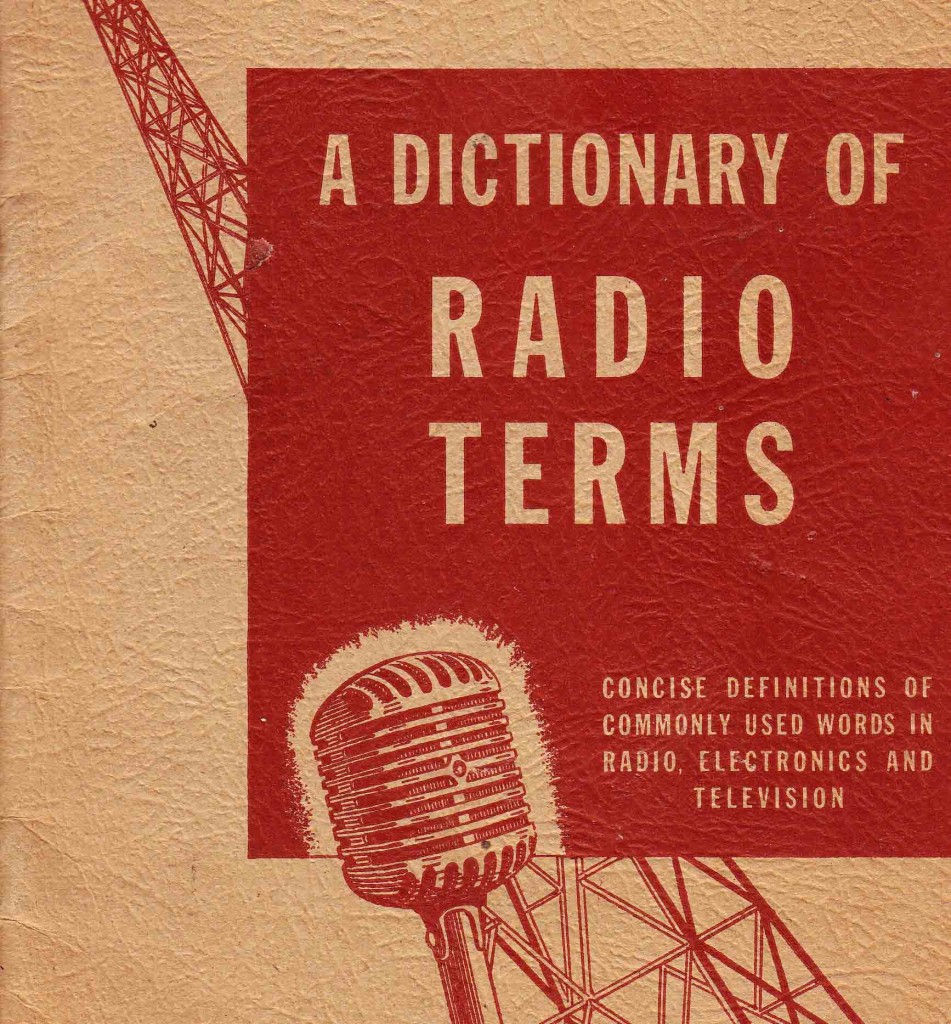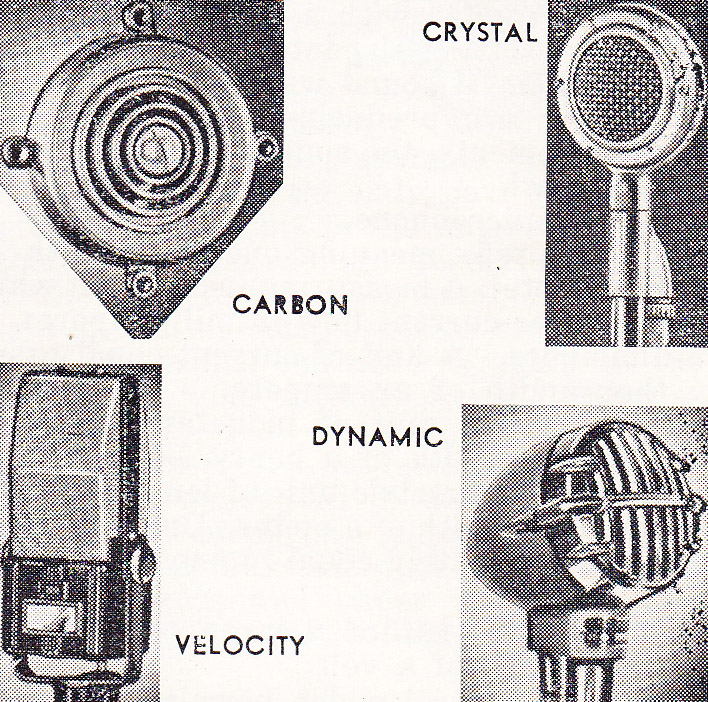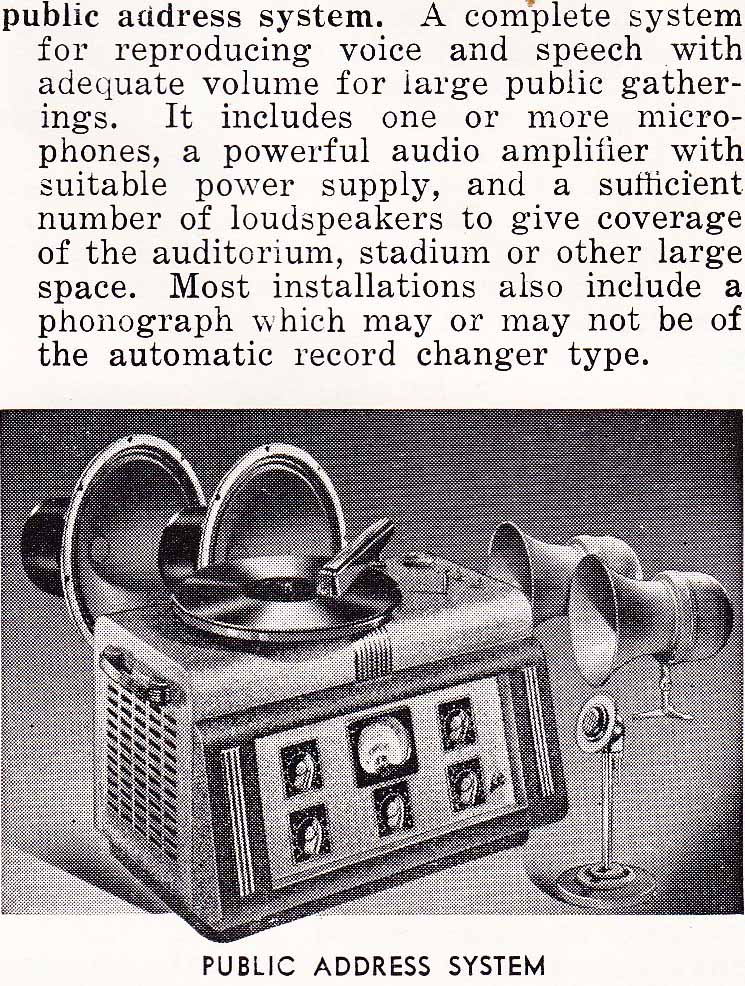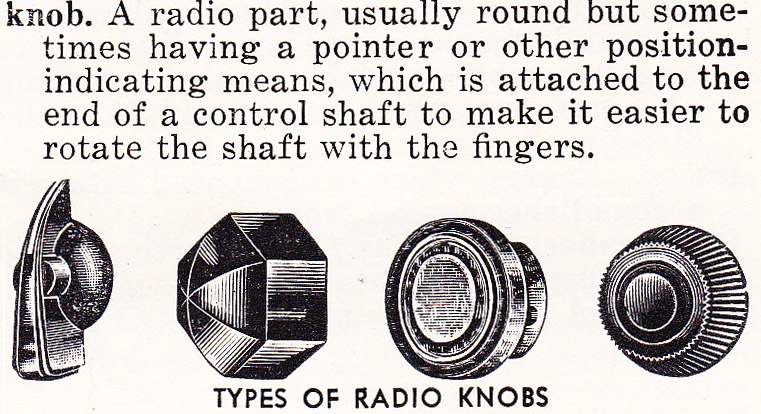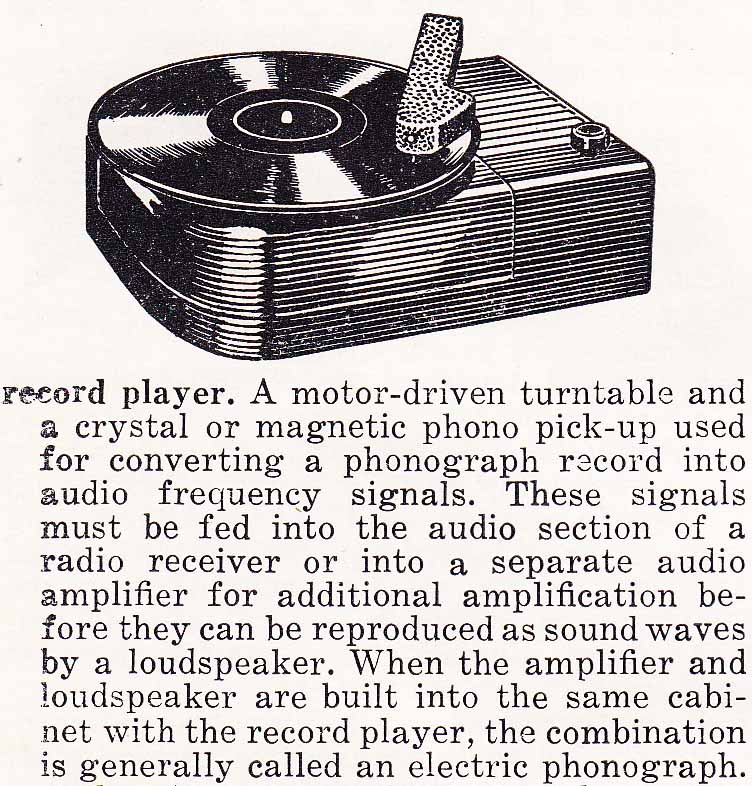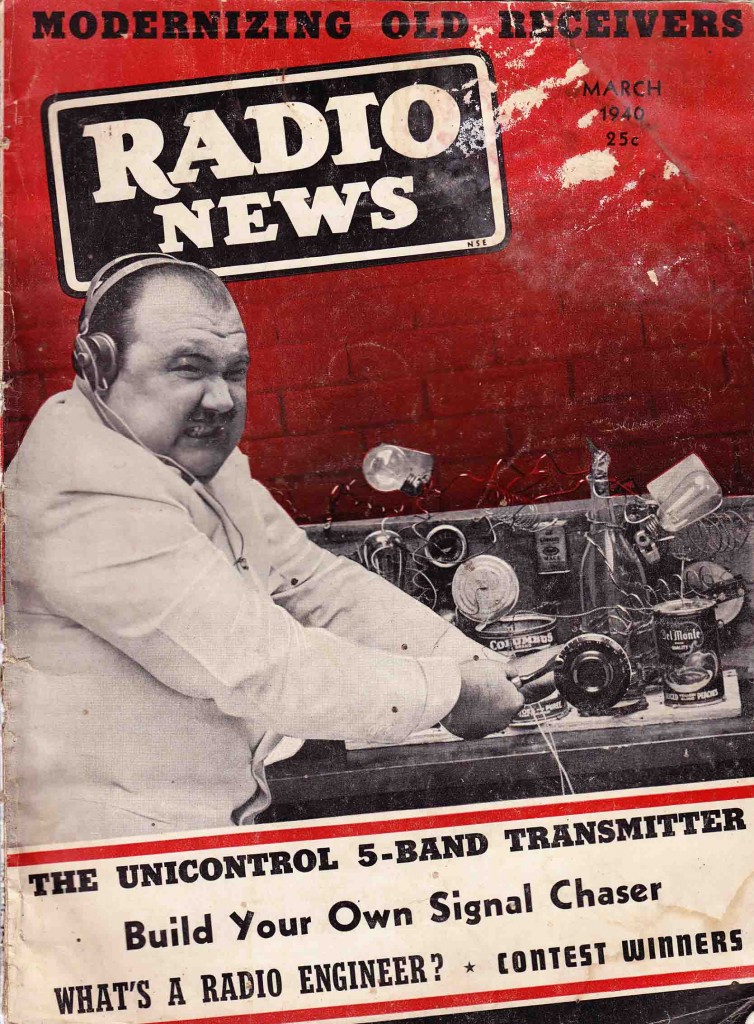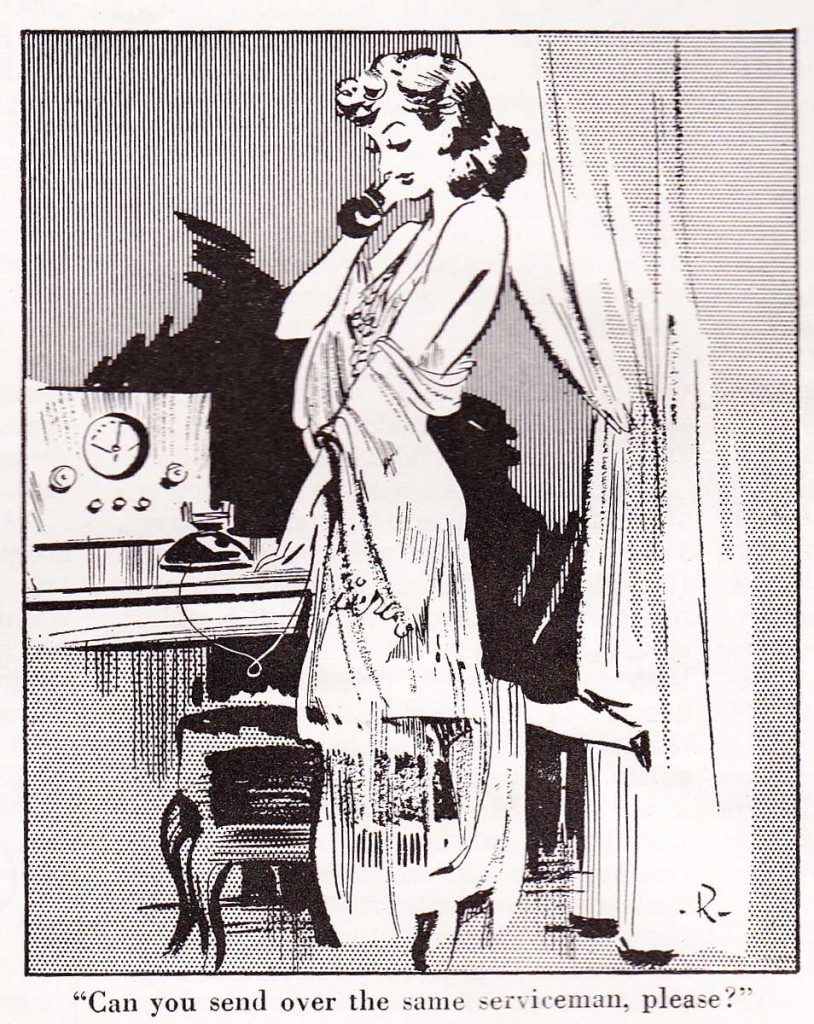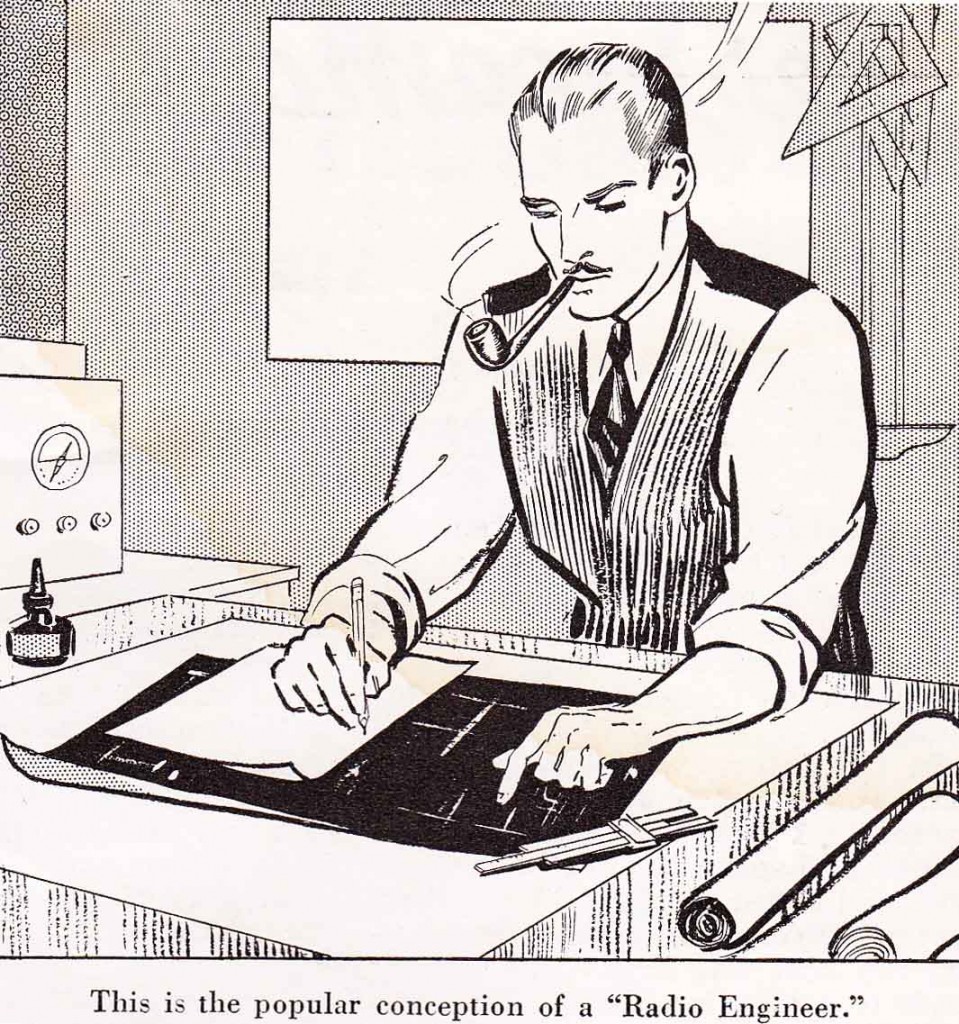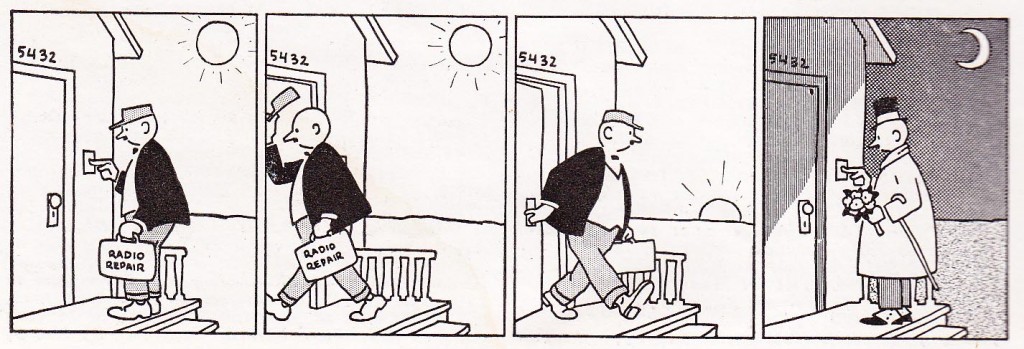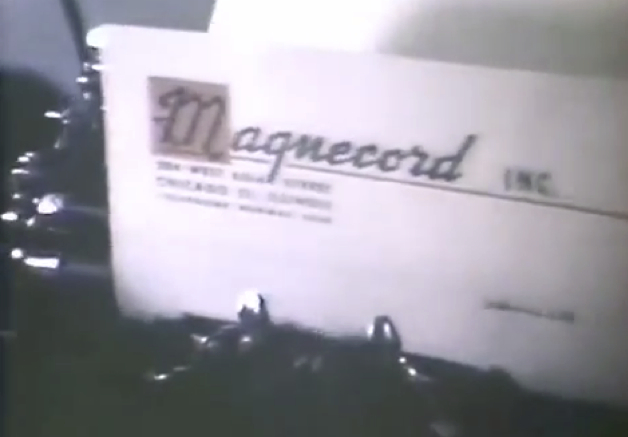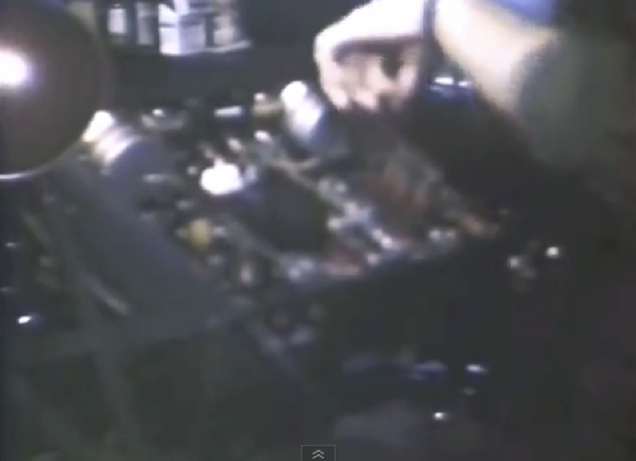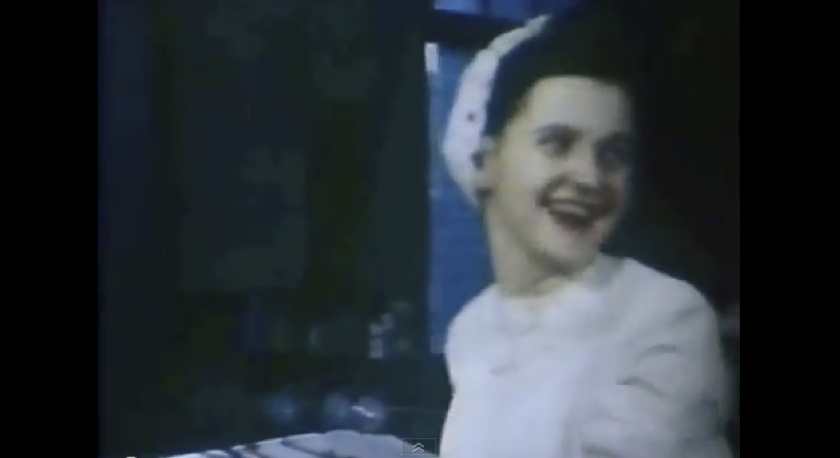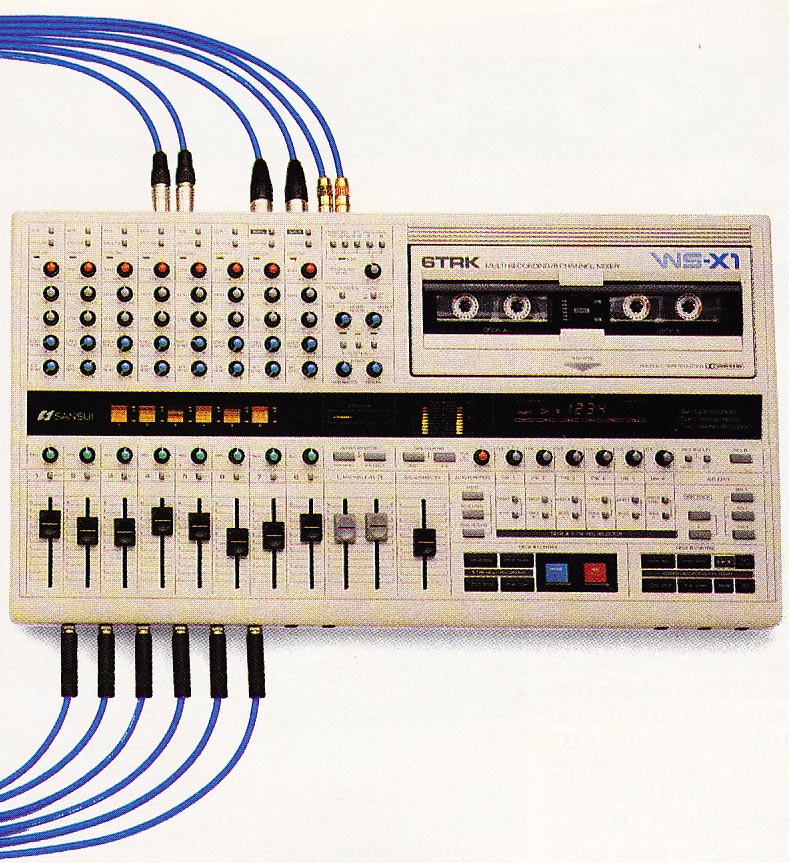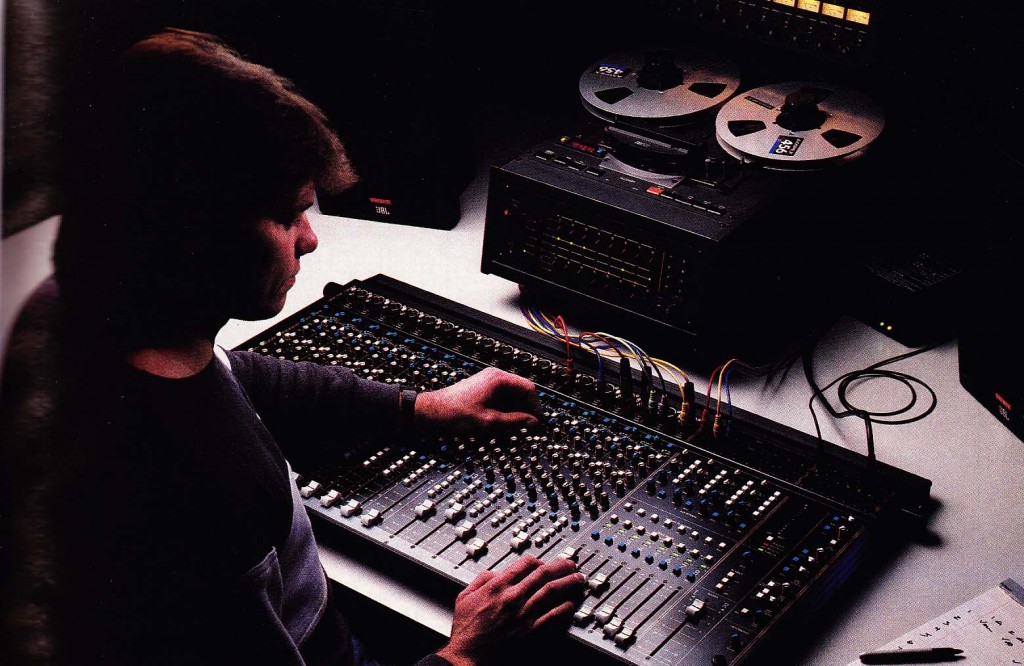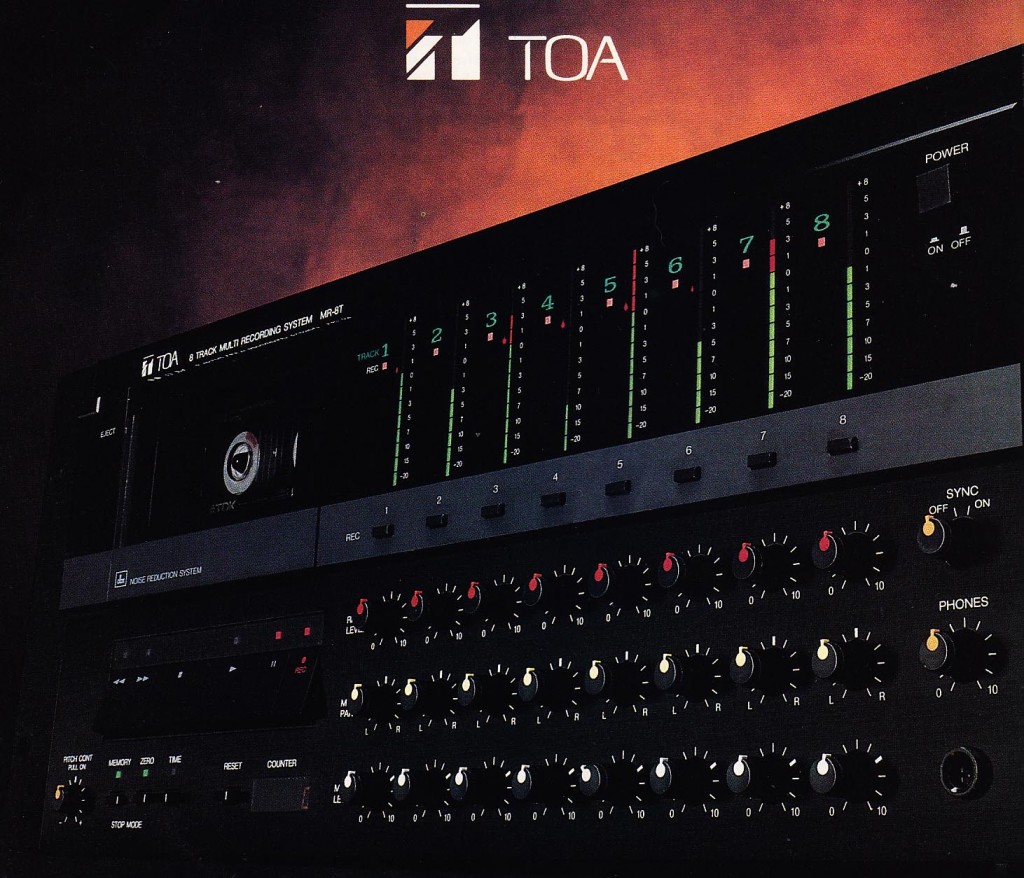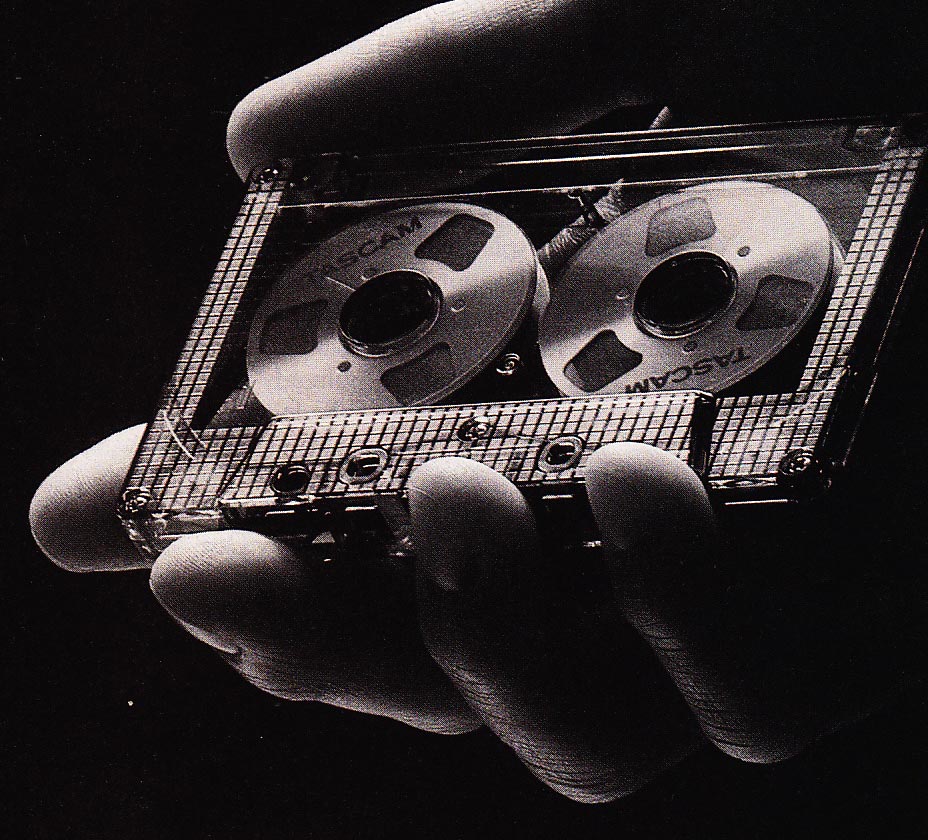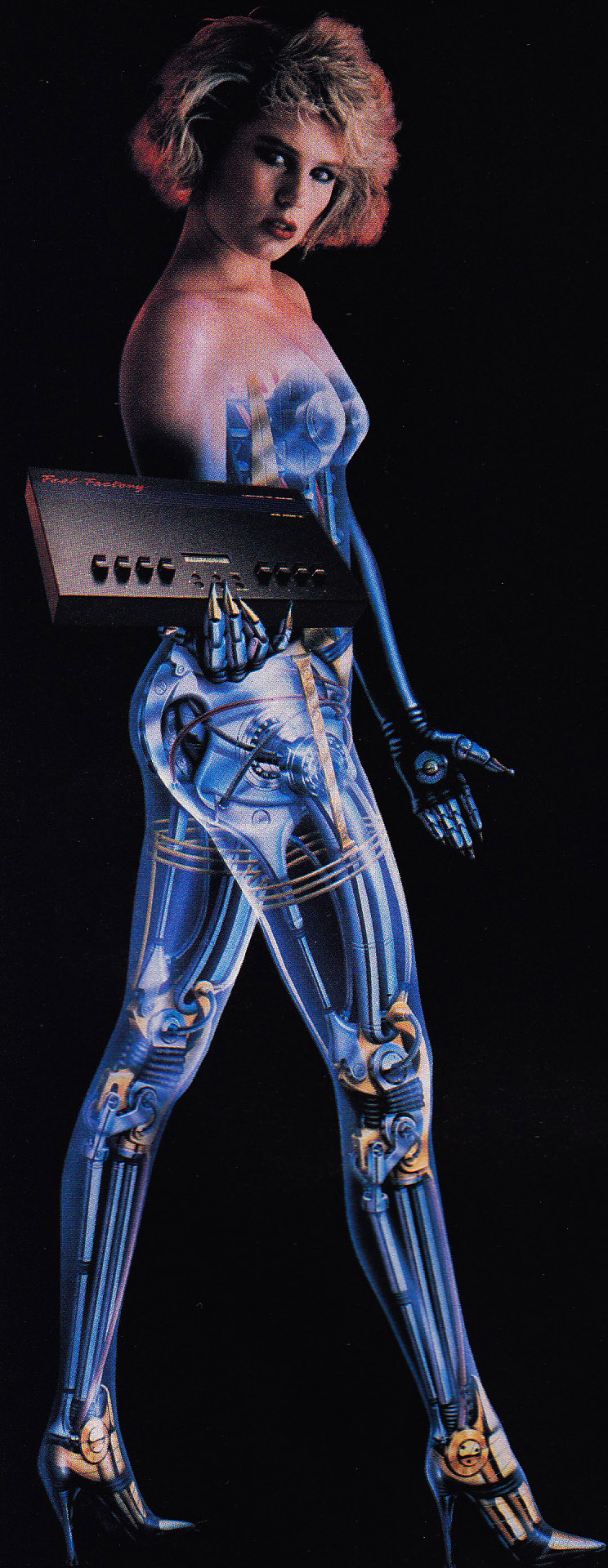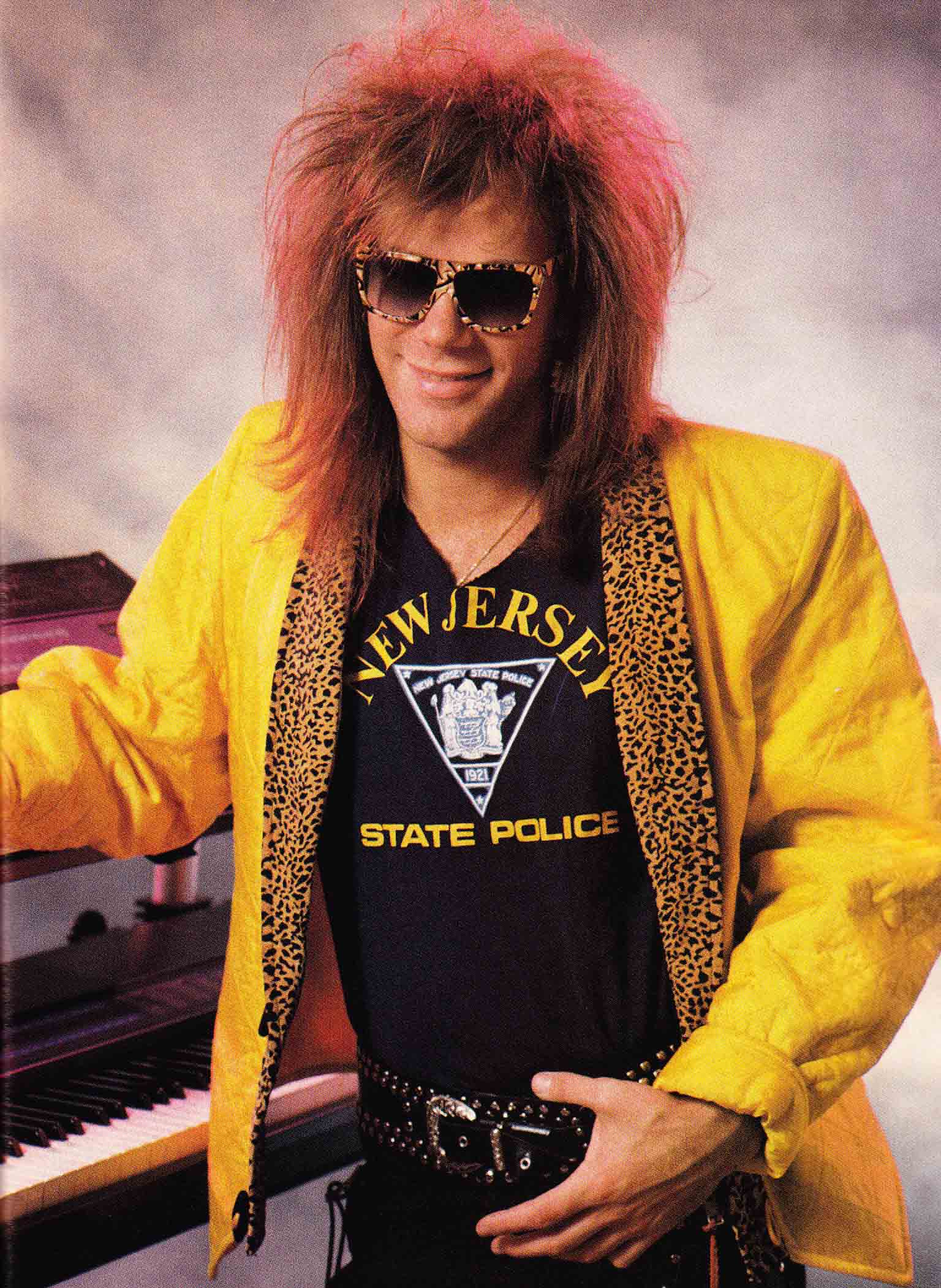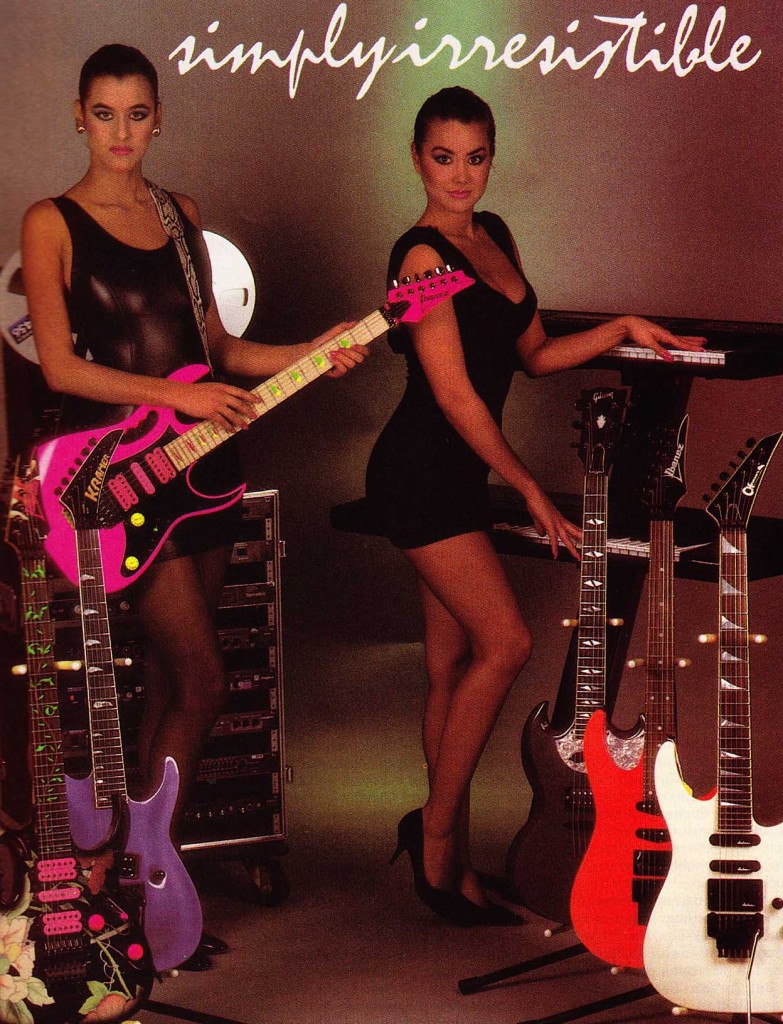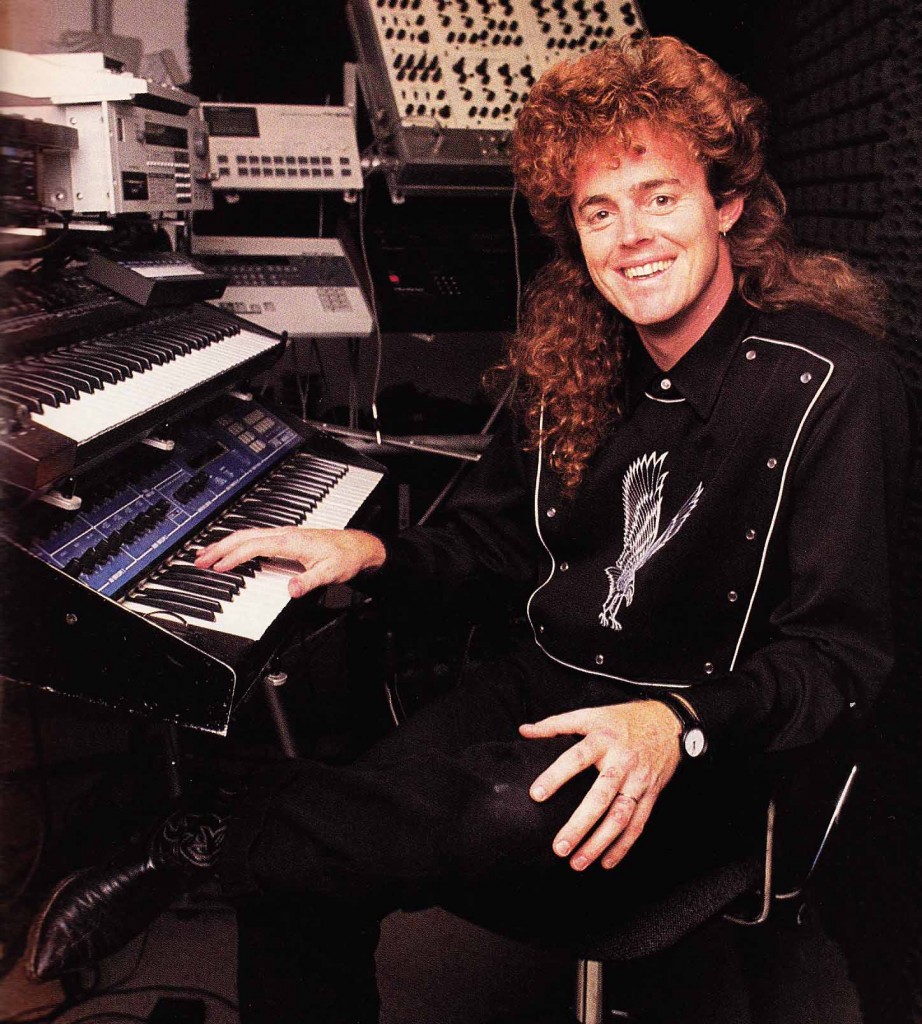
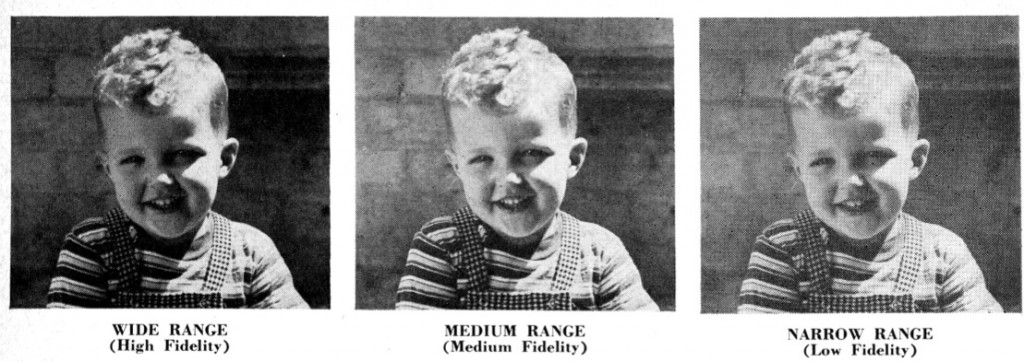 Download an eleven-page article from IST, September 1953, on the subject of “Your High Fidelity Music system!”
Download an eleven-page article from IST, September 1953, on the subject of “Your High Fidelity Music system!”
DOWNLOAD: IST-1953-09-Jensen-Your_High_Fidelity_Music_System
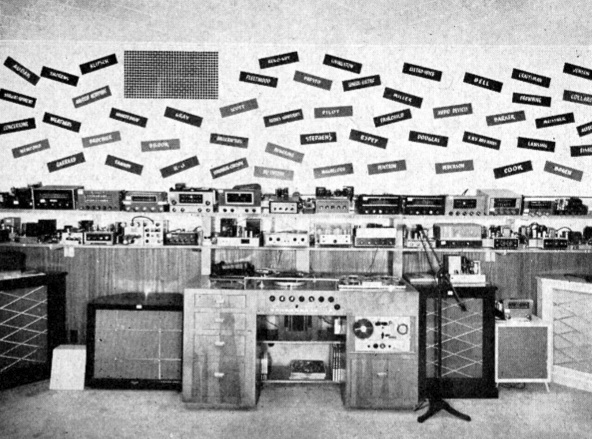 Glorious, glorious mono. And so much assembly/work to be done by the user! I was at a yard sale this past weekend… do I even need to mention this point… lured there by the promise of “Audio equipment.” This equipment turned out to be a bunch of radio shack garbage circa 1980 and a pair of overpriced BOSE speakers (btw have you seen the T+E bit where they mock BOSE? Amazing…). As I was leaving I noticed a pair of circa 1955 full-range DIY’d corner speakers in the 30-yard container outside. Trash, apparently. I was invited to pull them out and turns out that they had GE full-range 1201A 12″ broadcast drivers in them.
Glorious, glorious mono. And so much assembly/work to be done by the user! I was at a yard sale this past weekend… do I even need to mention this point… lured there by the promise of “Audio equipment.” This equipment turned out to be a bunch of radio shack garbage circa 1980 and a pair of overpriced BOSE speakers (btw have you seen the T+E bit where they mock BOSE? Amazing…). As I was leaving I noticed a pair of circa 1955 full-range DIY’d corner speakers in the 30-yard container outside. Trash, apparently. I was invited to pull them out and turns out that they had GE full-range 1201A 12″ broadcast drivers in them.
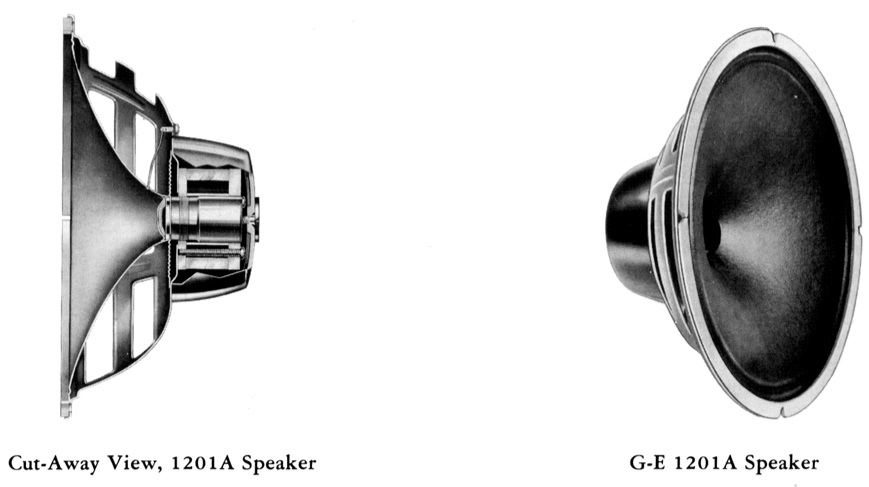 Above, from the GE “Audio Data Book” circa 1955
Above, from the GE “Audio Data Book” circa 1955
The cabinets are ever so slightly different in construction, which led to me to believe that this enterprising man built one, and then the 2nd, once the Stereo Age was upon him. I salute you, sir… Anyhow, brought ’em home and the speakers sound good, INSANELY loud with minimal wattage. Put on some Thomas F Browne and it was fantastic. Strange thing is: there must have been an installer or shop in this area that was really pushing these 1201As back in the day as these are the 3rd and 4th that I have turned up in this county in just the past two years.
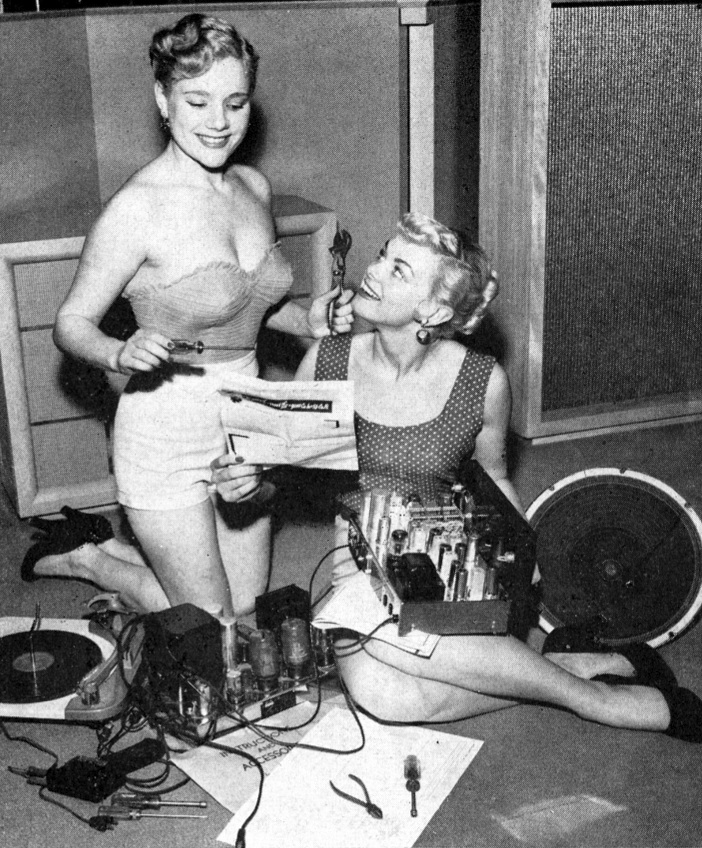 Above, maybe poor apparel choice for soldering-times. What is that outfit even? Was that swim-wear? Enjoy the article.
Above, maybe poor apparel choice for soldering-times. What is that outfit even? Was that swim-wear? Enjoy the article.
